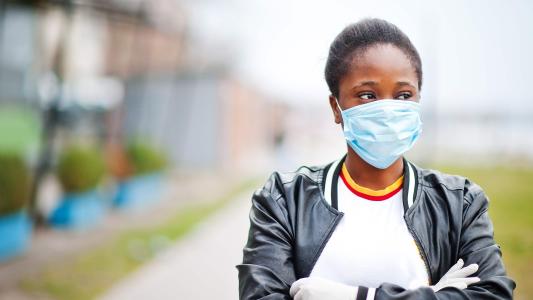The pandemic is giving us a reason to look forward to Mondays — for the third week in a row, the formerly dreaded weekday has brought with it encouraging details on a late-stage COVID-19 vaccine trial.
First came Pfizer’s announcement that its vaccine was 90% effective (later upgraded to 95%) in a phase 3 trial. A week later, Moderna revealed that its candidate was at least 94.5% effective at preventing coronavirus infections in its trial.
Now, the University of Oxford and biopharma company AstraZeneca have announced the initial data for their own phase 3 trials, reporting that their vaccine is up to 90% effective.
That might not seem as impressive as it should, given the rates for Pfizer’s and Moderna’s coronavirus vaccines — but Oxford’s COVID-19 vaccine could be the one to have the biggest global impact on the pandemic.
Oxford’s COVID-19 Vaccine Trial
So far, Oxford has enrolled more than 23,000 people in phase 3 trials for its coronavirus vaccine, AZD1222, in the U.K., Brazil, and South Africa.
During those trials, researchers tested two different dosing regimens against a placebo. Participants in one group received two doses of Oxford’s COVID-19 vaccine 28 days apart. Those in the other group received half a dose first and then a full dose 28 days later.
After 131 participants developed COVID-19, Oxford analyzed the trial data.
From this data, the researchers determined that the vaccine was 70.4% effective, on average, at preventing COVID-19. The efficacy between the two dosing regimens was very different, though: in the group with two full doses, it was less effective, at just 62%, but in the group that started with a half dose first, Oxford reports 90% efficacy.
The higher number comes with some caveats, though. Because only a quarter of the participants were in the half-dose group, it’s likely that the 90% efficacy figure rests on just 31 infections, a quarter of the total — a pretty small sample size. We’ll only know for sure once they publish more data.
As for safety, Oxford’s COVID-19 vaccine was “well tolerated,” according to AstraZeneca, and the researchers didn’t identify any serious safety concerns during the trials. No one who received the vaccine developed a severe case of COVID-19 or required hospitalization.
The researchers are now requesting authorization from health authorities to begin distributing their vaccine. They’re also submitting their analysis for publication in a peer-reviewed journal.
“Vaccine for the World”
Oxford and AstraZeneca tout AZD1222 as being the “vaccine for the world,” and it really could be.
Both Pfizer’s and Moderna’s candidates are a new type of vaccine that uses messenger RNA to trigger antibody production.
AstraZeneca and Oxford’s COVID-19 vaccine will be affordable and globally available.
Pascal Soriot
While their mRNA vaccines would be easy to scale up, they must be transported and stored at freezing temperatures — and many rural or less-developed parts of the world don’t have the infrastructure in place to support that.
Oxford’s COVID-19 vaccine uses a modified adenovirus, which normally causes colds, that has been reprogrammed to trigger antibodies against COVID-19. The virus particle is just a shell and can’t replicate itself, but while it floats around, it can stimulate immunity to the coronavirus.
Its biggest advantage is that it can be transported and stored at refrigerator temperatures, which could make it far easier to distribute.
An Affordable End to the Pandemic
Another reason Oxford’s COVID-19 vaccine may be more likely to have a global impact? Cost.
AstraZeneca expects to be able to produce up to 3 billion doses of the vaccine in 2021. If it goes with the seemingly more effective dosing regimen (and why wouldn’t it?), that would be enough to vaccinate 2 billion people.
Unlike Pfizer and Moderna, AstraZeneca is already part of COVAX, a global collaboration dedicated to ensuring equal access to coronavirus vaccines by providing them to low-income countries at a cost less than $3 per dose.
No word on exactly how many of the 3 billion doses AstraZeneca aims to manufacture next year will go toward COVAX, but the company has vowed to make 1.3 billion doses available at-cost through the collaboration.
“(T)he vaccine’s simple supply chain and our no-profit pledge and commitment to broad, equitable and timely access means it will be affordable and globally available, supplying hundreds of millions of doses on approval,” AstraZeneca CEO Pascal Soriot said.
We’d love to hear from you! If you have a comment about this article or if you have a tip for a future Freethink story, please email us at [email protected].






